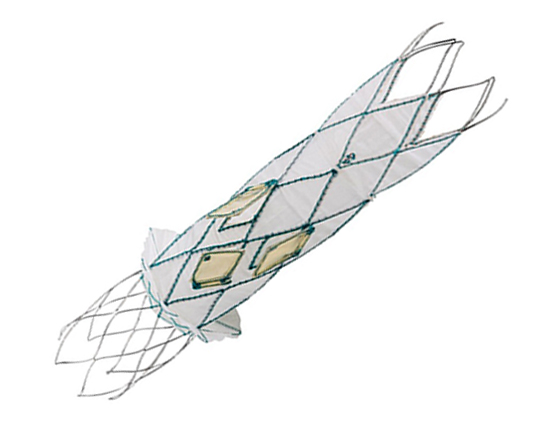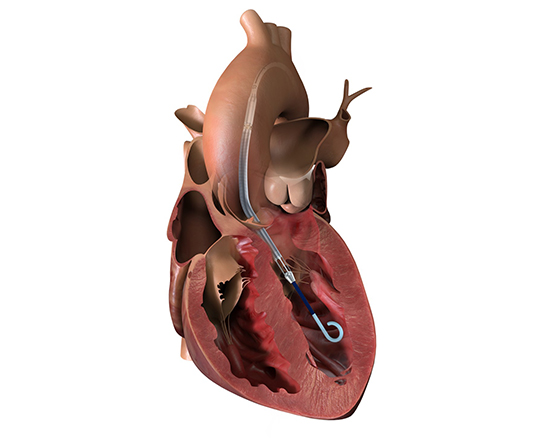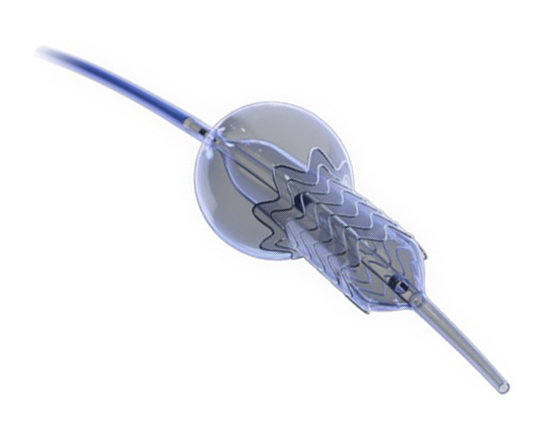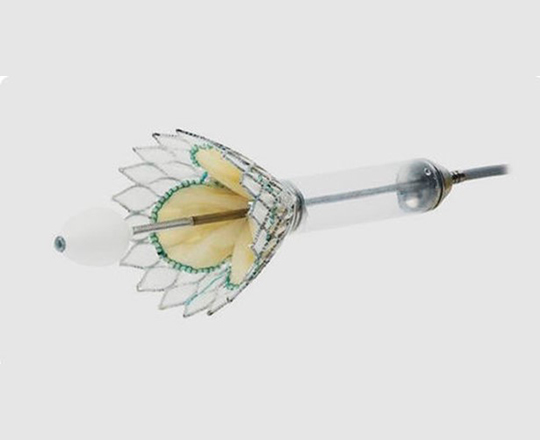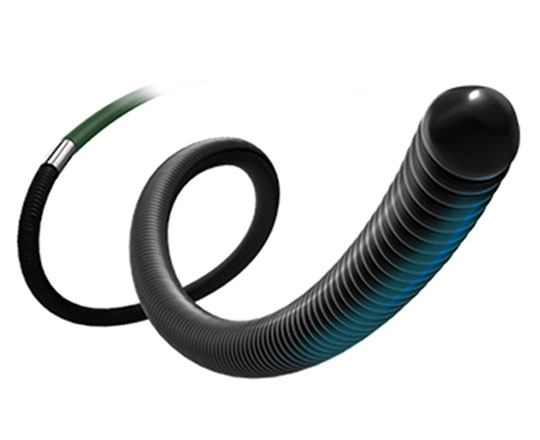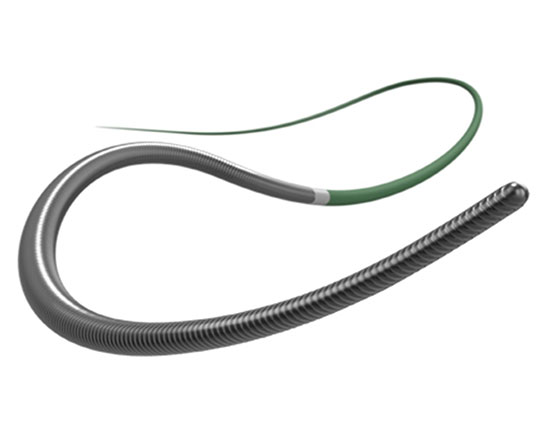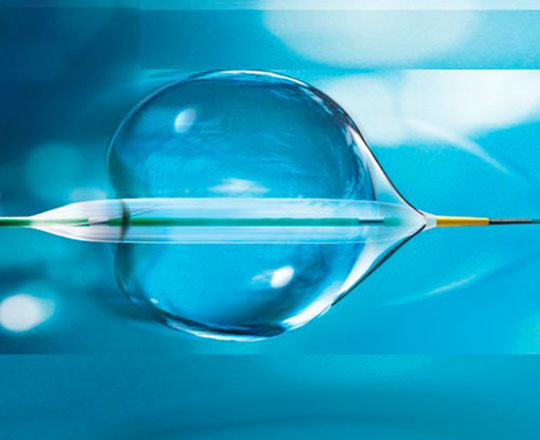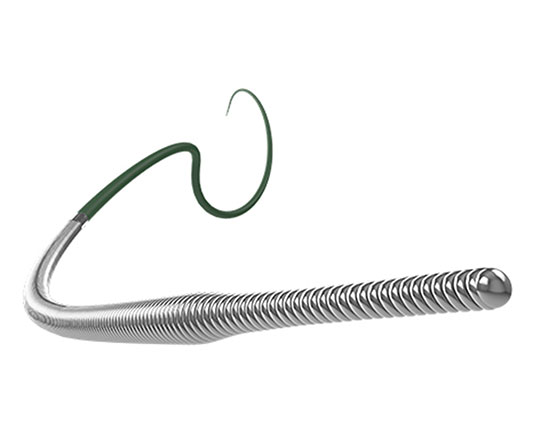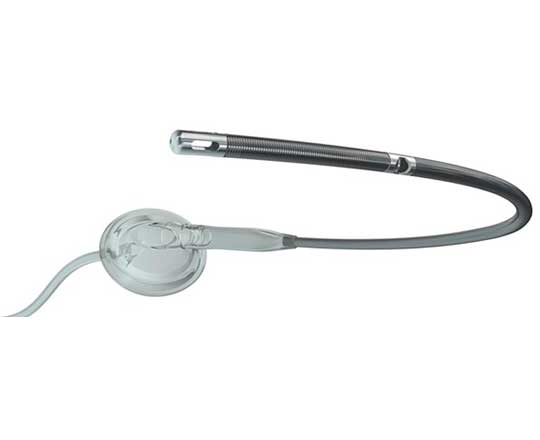
PulseCath iVAC2L (Terumo, Japan), is a percutaneous pulsatile pump for use as short-term mechanical circulatory support. It currently has the CE mark for use in high-risk coronary interventions, but is not indicated for use in cardiogenic shock. After transfemoral implantation via an 18-French sheath, this device increases cardiac output up to 2 L/min, maintaining sufficient coronary and vital organ perfusion and reducing the ventricular systolic workload.
Unlike other mechanical devices that use a continuous flow or axial pump, the iVAC2L has the advantage of being suitable to combine with any counterpulsation balloon console. As it does not need a special console, its operation is simplified and its costs are reduced. Another advantage is that it generates a more physiological pulsatile flow that is less deleterious for the patient.
The helium is connected to an external, transparent, flexible-membrane pump and in turn to the catheter. The catheter has a two-way valve 6 cm from the distal tip of the catheter, where there is an inlet. During systole, blood is aspirated from the left ventricle toward the membrane pump, and during diastole it is expelled toward the ascending aorta via a lateral outlet in the catheter. This process is synchronized with the cardiac cycle thanks to the counterpulsation balloon, reducing the systolic load and oxygen demand. Electrocardiography or the pressure waveform trigger the moment at which the helium enters the membrane pump, synchronizing the pump with the heart, and preserving neurohumoral pathways better than other mechanical support systems.
The device causes minimal hemolysis, similar to other devices already on the market.
An important disadvantage is its current requirement for 18-French femoral access, compared with the 12-French, and possibility of single access, offered by the competition.
Keywords: coronary disease, heart failure, high-risk percutaneous coronary intervention, mechanical circulatory support.


